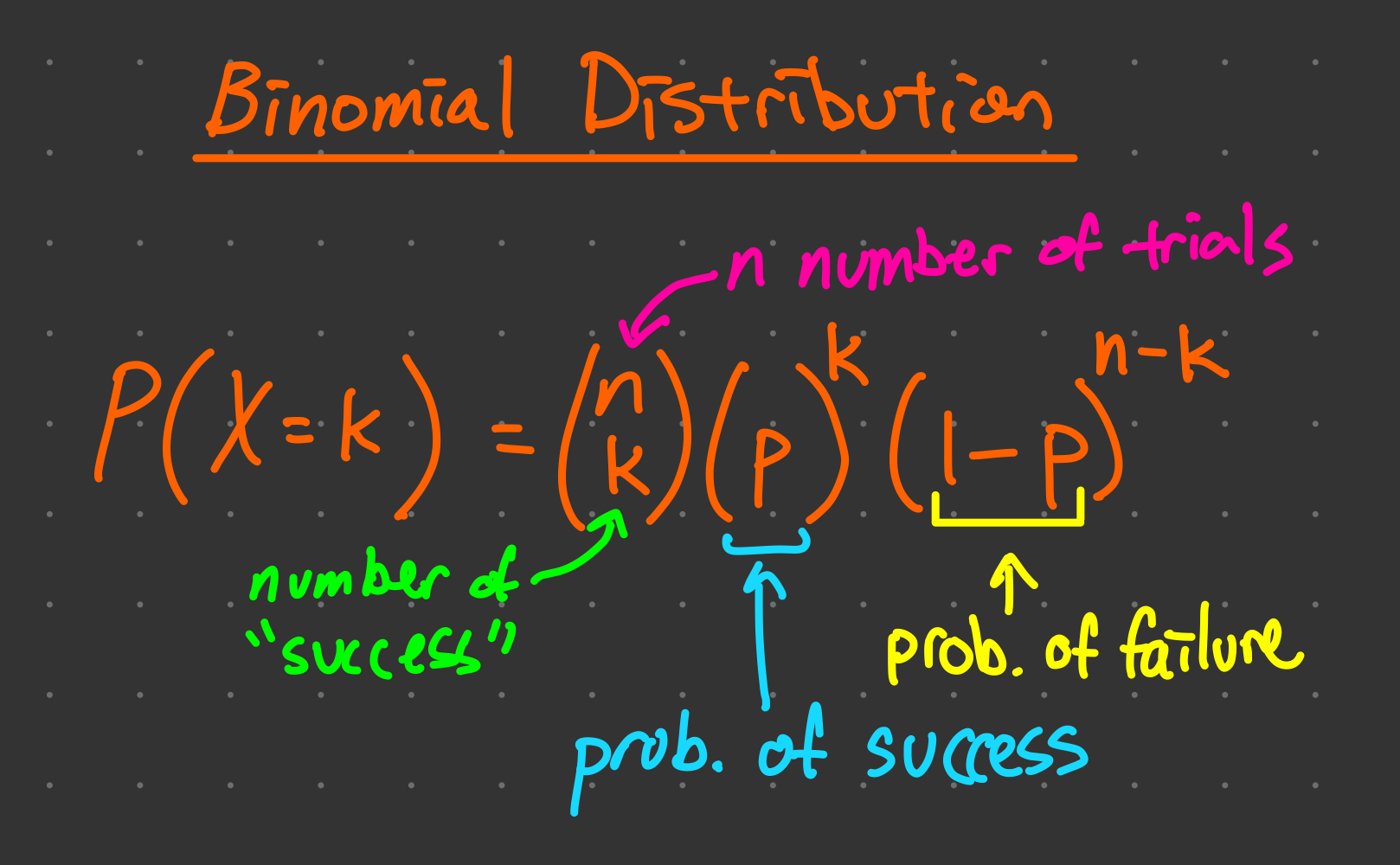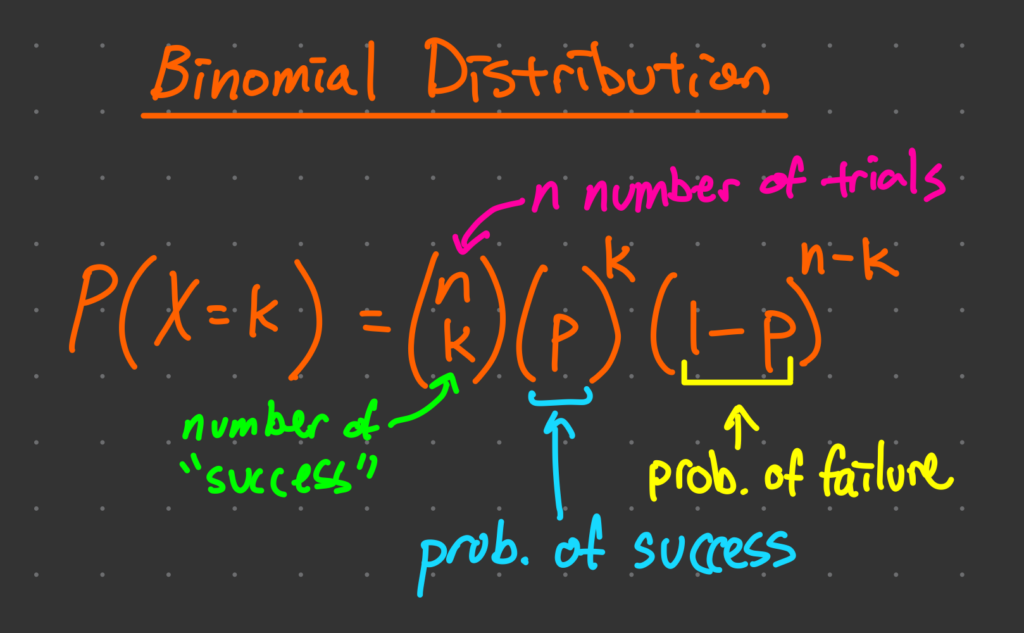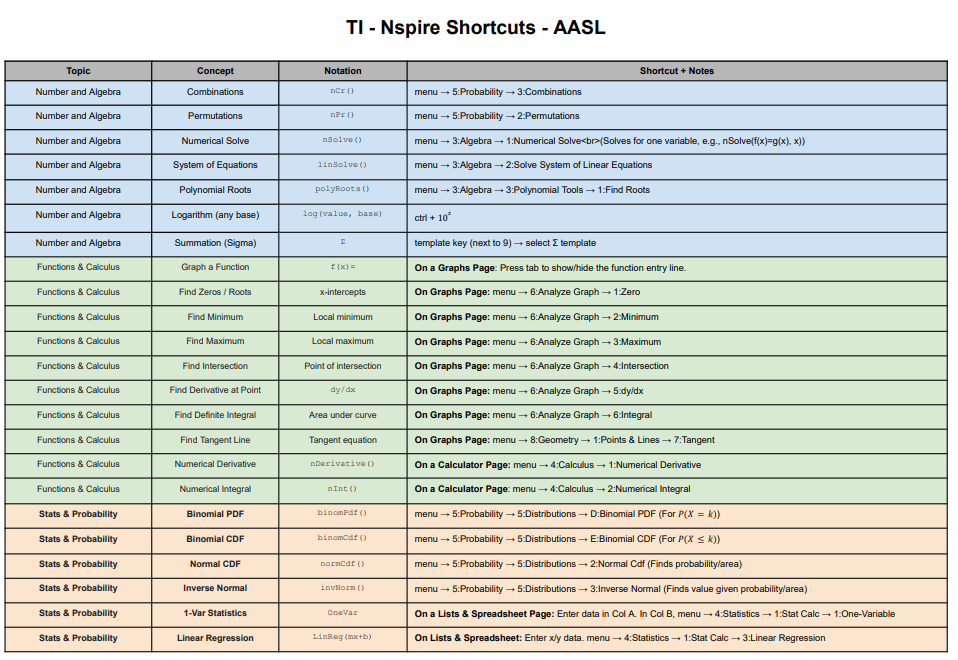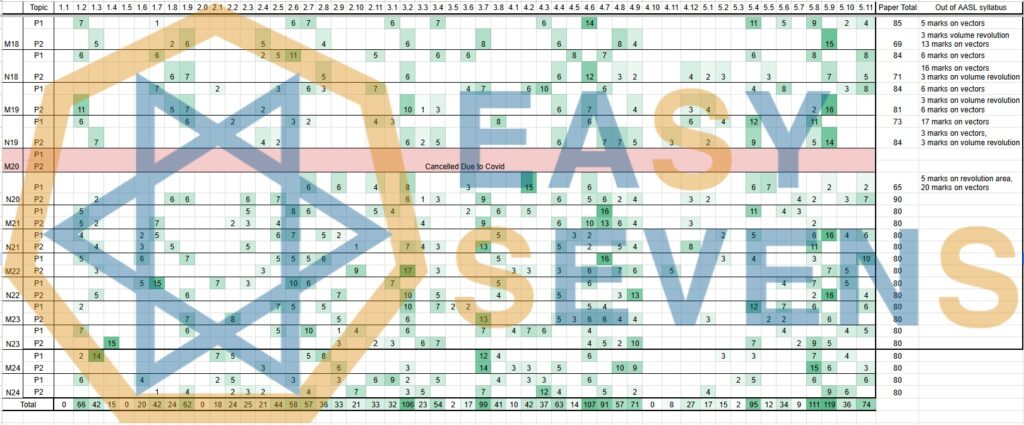Have you ever wondered how statisticians predict the likelihood of events, like the chance of flipping a coin and getting heads five times in a row? Or how businesses estimate the probability of a certain number of customers buying a product? The answer lies in a powerful statistical tool called the Binomial Distribution.
In this article, our IB Math tutor dives deep into the binomial distribution formula, break it down into simple terms, and show you how to use it in real-world scenarios. Whether you’re a student, a data enthusiast, or a professional looking to sharpen your statistical skills, this guide will equip you with everything you need to know.
What is Binomial Distribution?
Binomial distribution is a probability distribution that summarizes the likelihood of a specific outcome occurring in a fixed number of independent trials. Each trial has only two possible outcomes: success or failure. For example:
- Flipping a coin (heads or tails).
- Taking a multiple-choice test (correct or incorrect).
- Conducting a survey (yes or no).
The binomial distribution helps us answer questions like:
- What is the probability of getting exactly 3 heads in 5 coin flips?
- What is the chance that 8 out of 10 customers will buy a product?
The Binomial Distribution Formula
The binomial distribution formula is the backbone of this concept. It calculates the probability of achieving exactly k successes in n trials. Here’s the formula:
P(X = k) = \binom{n}{k} \cdot p^k \cdot (1-p)^{n-k}
Where:
- P(X = k): Probability of exactly k successes.
- \binom{n}{k}: The number of combinations of n trials taken k at a time.
- p: Probability of success in a single trial.
- 1-p: Probability of failure in a single trial.
- n: Total number of trials.
- k: Number of successful trials.
Breaking Down the Formula
Let’s dissect the formula step by step to understand each component:
- Combinations (\binom{n}{k}):
This represents the number of ways to choose k successes out of n trials. It’s calculated using the combination formula: \binom{n}{k} = \frac{n!}{k!(n-k)!}. Here, ! denotes factorial, which is the product of all positive integers up to that number. - Probability of Success (p^k):
This term calculates the probability of achieving k successes. - Probability of Failure ((1-p)^{n-k}):
This term calculates the probability of the remaining n-k trials resulting in failures.
By multiplying these three components, we get the probability of exactly k successes in n trials.
When to Use Binomial Distribution
Binomial distribution is applicable under the following conditions:
- Fixed Number of Trials (n): The number of trials must be predetermined.
- Independent Trials: The outcome of one trial does not affect another.
- Two Possible Outcomes: Each trial must result in either success or failure.
- Constant Probability (p): The probability of success remains the same for each trial.
How to Use the Binomial Distribution Formula: Step-by-Step
Let’s walk through some examples to see how the formula works in practice.
Example 1: Flipping a Coin
A fair coin is flipped 10 times. What is the probability of getting exactly 7 heads?
Step 1: Identify the Variables
- n = 10 (total flips).
- k = 7 (desired number of heads).
- p = 0.5 (probability of getting heads in a single flip).
Step 2: Calculate the Number of Combinations
Use the combination formula:
\binom{10}{7} = \frac{10!}{7!(10-7)!} = \frac{10!}{7! \cdot 3!} = 120
Step 3: Calculate the Probability of Success
p^k = (0.5)^7 = 0.0078125
Step 4: Calculate the Probability of Failure
(1-p)^{n-k} = (0.5)^{10-7} = (0.5)^3 = 0.125
Step 5: Multiply the Components
P(X = 7) = 120 \cdot 0.0078125 \cdot 0.125 = 0.1172
Step 6: Interpret the Result
The probability of getting exactly 7 heads in 10 flips is 11.72%.
Example 2: Manufacturing Defects
A factory produces LED bulbs, and each bulb has a 5% chance of being defective (p=0.05p = 0.05p=0.05). If we test 20 bulbs, the probability of finding exactly 2 defective bulbs is:
P(X = 2) = \binom{20}{2} (0.05)^2 (0.95)^{18}Solving this gives approximately 18.4% probability.
Applications of Binomial Distribution
The binomial distribution is widely used in various fields, including:
- Business: Estimating the likelihood of a certain number of sales or customer conversions.
- Medicine: Calculating the probability of a specific number of patients responding to a treatment.
- Quality Control: Determining the chance of a certain number of defective items in a batch.
- Sports: Predicting the number of wins or losses in a season.
Common Binomial Distribution Mistakes to Avoid
When using the binomial distribution formula, watch out for these pitfalls:
- Assuming Trials Are Independent: If trials influence each other, the formula won’t apply.
- Ignoring Fixed Probability: Ensure the probability of success remains constant across trials.
- Misinterpreting Results: Remember that the formula calculates the probability of exactly k successes.
Binomial Distribution vs. Other Distributions
While the binomial distribution is powerful, it’s essential to know when to use it and when to opt for other distributions:
- Binomial vs. Normal Distribution: Use the normal distribution for large sample sizes or continuous data.
- Binomial vs. Poisson Distribution: Use the Poisson distribution for rare events or when the number of trials is large, and the probability of success is small.
Conclusion
The binomial distribution formula is a versatile and essential tool in probability and statistics. By understanding its components and applications, you can tackle a wide range of real-world problems with confidence. Whether you’re predicting outcomes, analyzing data, or making informed decisions, mastering this formula will undoubtedly enhance your analytical skills.
So, the next time you flip a coin or analyze customer behavior, remember the binomial distribution—it’s your key to unlocking the power of probability!
By following this guide, you’ve taken a significant step toward understanding and applying the binomial distribution formula. Keep practicing, and soon, you’ll be able to use it effortlessly in your work or studies. Happy calculating!
Frequently Asked Questions (FAQ)
The Bernoulli distribution deals with a single trial, while the binomial distribution extends this to multiple trials.
No, the binomial distribution only applies to scenarios with two possible outcomes per trial.
Use the combination formula: C(n, k) = \frac{n!}{k!(n-k)!}.
The binomial distribution no longer applies. Instead, consider using the hypergeometric distribution.
The binomial distribution is discrete, as it deals with countable outcomes.





